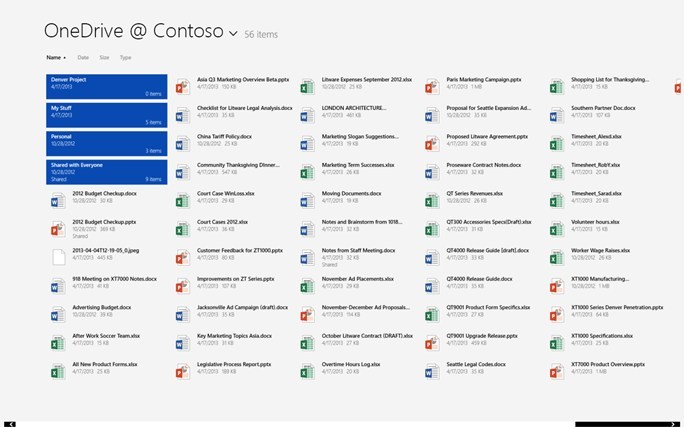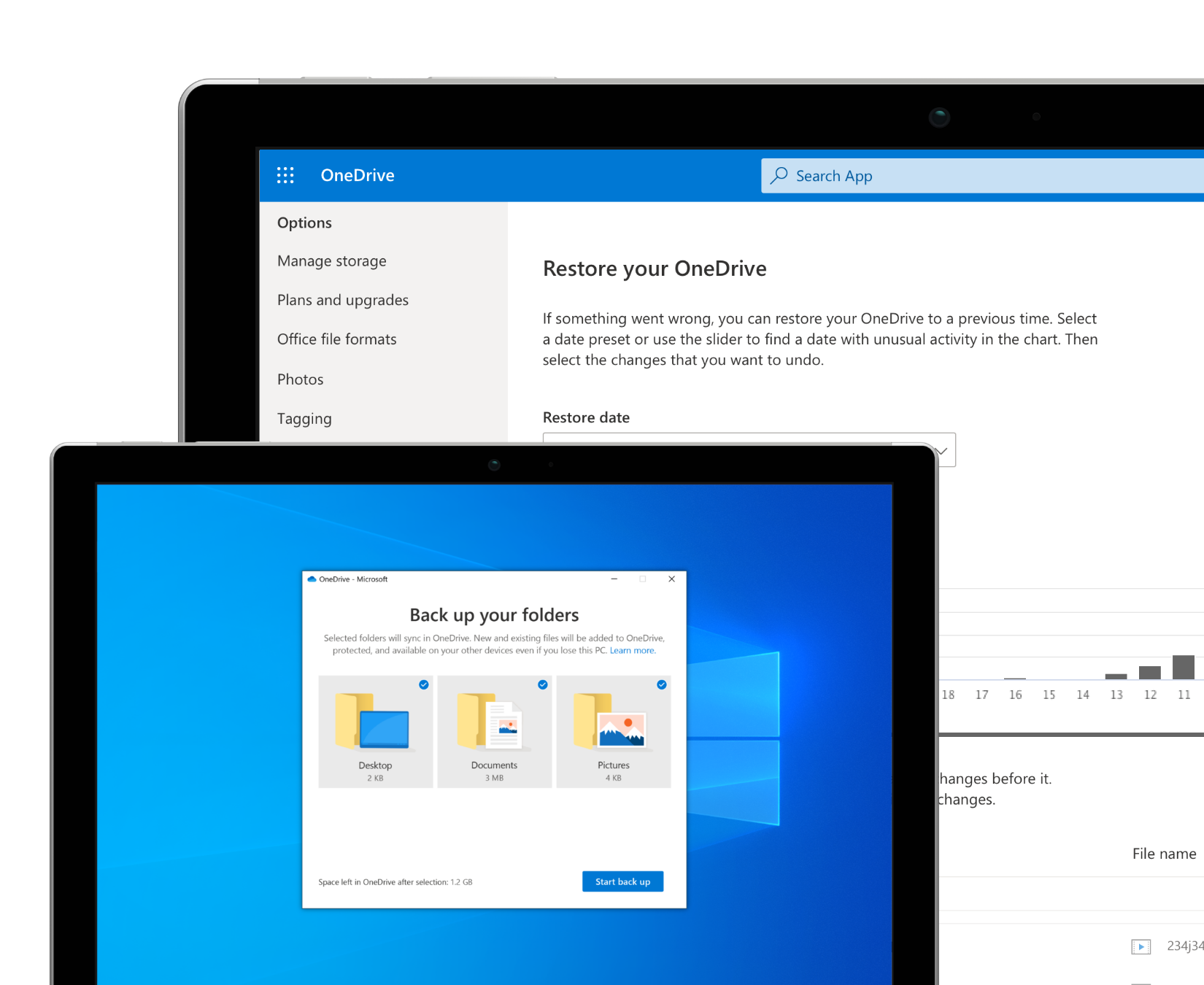- Download Onedrive For Business Client Windows 10
- Download Onedrive For Business App Windows 10
- Onedrive Business App
- Download Microsoft Onedrive For Windows 10
Windows 10 places a link to OneDrive in every folder’s Navigation Pane, where it’s easily accessible. There, OneDrive works like any other folder but with one exception: Files and folders you place inside your OneDrive folder are also copied to your OneDrive storage space on the Internet.
(I'm using Windows 10 64 bit) I subscribe to Office 365 and the broken down machine held all of my files in the OneDrive for Business folder. I rarely used the standard default OneDrive folder on my old hard drive. I now want to use this new machine to hold all of my synced folders but there is only the standard default OneDrive installed. For some reason only my personal onedrive is visible in file explorer. Can somebody please explain me how I can get my onedrive business drive visible in file explorer. I haver more then one computer on.


Windows users also have the possibility to access, browse and stream documents, photos, videos and other files from a remote computer that is running the OneDrive software. Documents can be shared and collaboratively worked on with others using the service. Microsoft provides several gigabyte of free storage for existing and new OneDrive users.

That can create a problem: Today’s smaller phones, tablets, and laptops don’t include much storage space. OneDrive, by contrast, can hold lots of files. Some smaller computers, usually small tablets, don’t have enough room to keep a copy of everything you’ve packed away on your desktop PC’s OneDrive folder.
To meet everybody’s needs, OneDrive can work in either of these three ways:
- All files: The simplest option, and the one chosen by most desktop PC owners, this puts all your OneDrive files on both the Internet and your PC. Then, it keeps them all in sync: Update a file on your PC, and it’s updated on the Internet, and vice versa. It’s a convenient way to keep your most important files instantly accessible and always backed up.
- Some files: Designed for devices with limited amounts of storage like some tablets and laptops, this lets you pick and choose which folders should live only on OneDrive, and which should also be stored on your computer, too.
- Files On Demand: The best option for people with limited storage space, this lets your PC display names of all your OneDrive files and folders. Then, when you open a file or folder, Windows quickly downloads it to your device for you to display its contents. It requires an Internet connection, and it’s a little slower, but it lets you access any of your OneDrive files without them all hogging your PC’s storage space.
When you first click the OneDrive folder on a new PC, Windows begins the set-up process, described in the steps listed below.
Download Onedrive For Business Client Windows 10
To set up OneDrive on a new PC, follow these steps:

Download Onedrive For Business App Windows 10
- From the taskbar, click the File Explorer icon and click the OneDrive icon in the folder’s left edge.
Since this is the first time you’ve set up OneDrive on the computer, OneDrive displays an opening screen.
- If asked, sign in with your Microsoft account and password.
Only Local account holders will need to sign in; Microsoft account holders already sign in when they sign into their user account.Local account holders can sign in with any Microsoft account. They don’t need to convert their account to a Microsoft account.
After you enter a Microsoft account name and password, a window appears, pointing out the location of your OneDrive folder.
- If you want to change where to store your OneDrive files, click the Change Location button. Otherwise, click the Next button.
If you’re using a desktop PC with plenty of storage space, just click the Next button. OneDrive will store all your OneDrive files on your C drive, which normally has plenty of room.
Inexpensive tablets and laptops, by contrast, contain very limited storage space. To add more storage, many tablet owners buy a memory card and slide it into their tablet’s memory slot. If you’ve bought and inserted a memory card into your tiny tablet, click this window’s Change Location button and tell OneDrive to save its files on your tablet’s memory card instead of the default C drive. (The memory card is usually called the D drive.)
If an advertisement appears, asking you to increase your storage for a monthly fee, click the words Not Now. (You can always change your mind later.) Short athird grade james tes.
- If asked, choose which folders to sync to your PC.
OneDrive lists your existing OneDrive folders, if you have any. - Select the files and folders you’d like to keep synced between your PC and OneDrive, then click the Next button.
OneDrive gives you two options, which you can change later:- Sync All Files and Folders in My OneDrive: Unless you have a reason not to, select this option to keep all your OneDrive files mirrored on your PC’s or tablet’s memory card. Most desktop PCs won’t have a problem with this option, and it’s the most trouble-free way to access OneDrive.
- Sync Only These Folders: Select this option on tablets or PCs with very little storage. If you select this option, place a check mark next to the folders you consider to be essential enough to warrant storage both on your PC and OneDrive.
- Click Next to save your changes.
OneDrive leaves you with an Open My OneDrive Folder button which you can click to see the results of your file syncing decisions.
Onedrive Business App
Feel free to sync different folders on different computers. For example, you can choose to sync only the essentials on your small tablet — perhaps just your photos. On a desktop PC with large storage, you can choose to sync everything.
Download Microsoft Onedrive For Windows 10
In Spring, 2018, Windows 10 began offering a new, third way to set up OneDrive that mixes the two options described above. This new way is called OneDrive Files On Demand.
